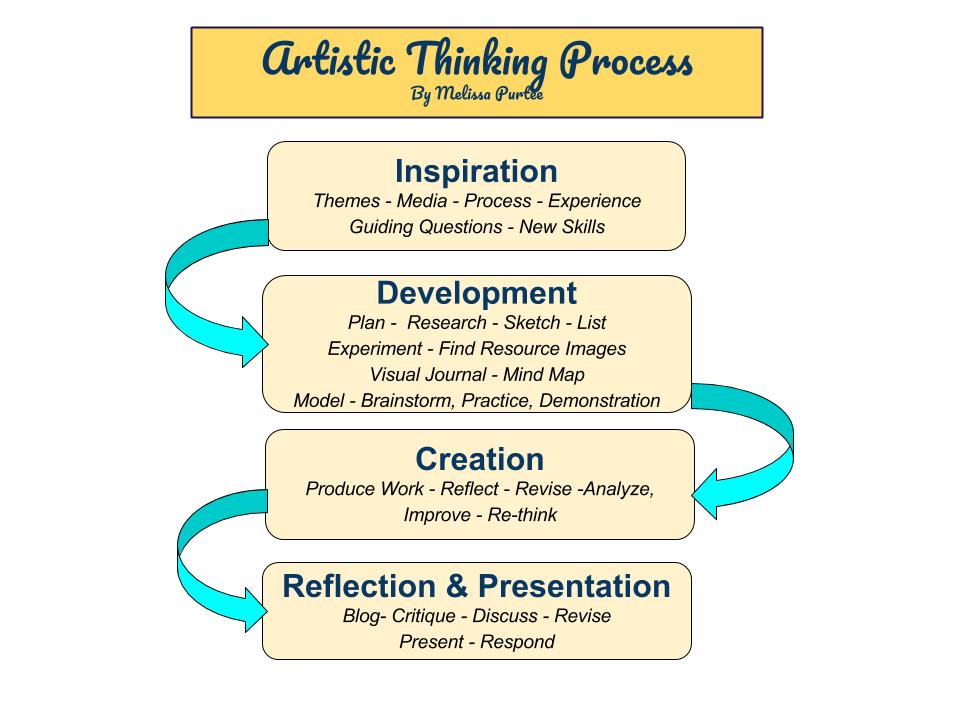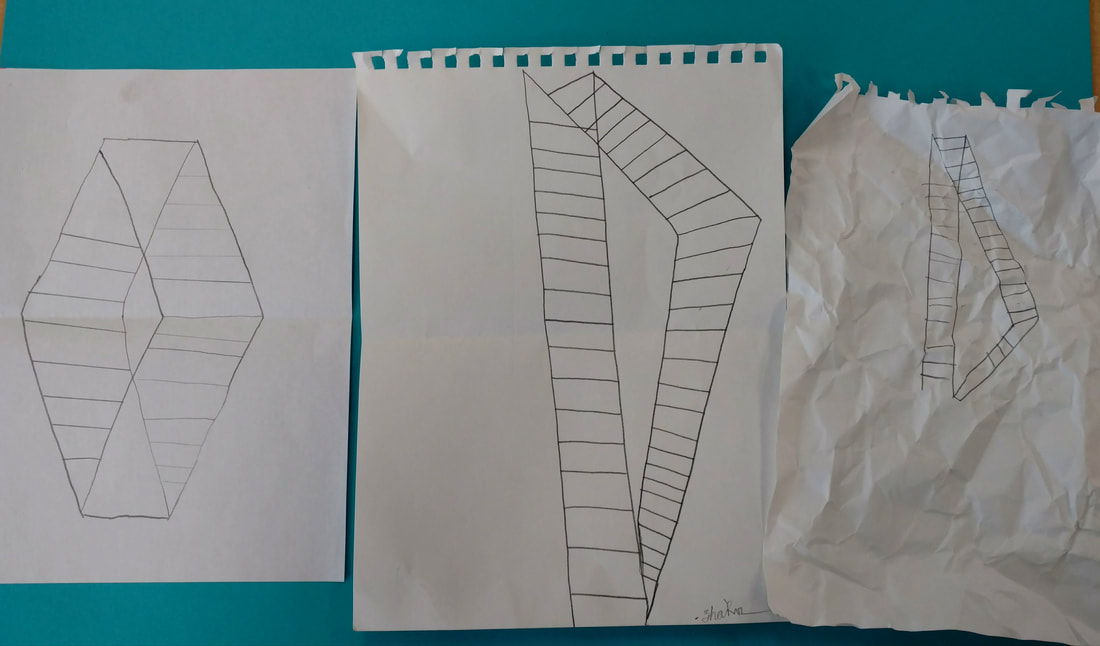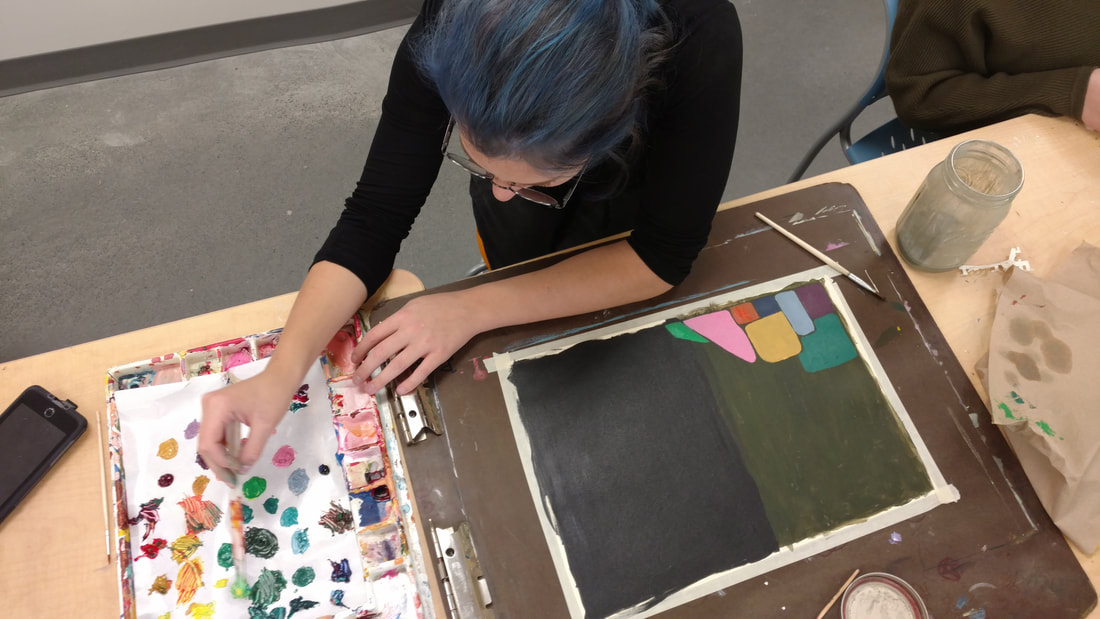|
Learning is work, at least the deep sort that kids internalize is. When kids get new content right away, it doesn't mean they're learning - it means that they already knew it or that it was too easy. Conversely, if work is too challenging students get frustrated and can don't make much progress. The space between these two extremes - not to easy and not overwhelmingly hard - is what I try to create for everyone of my students when I plan instruction. In mathematics instruction, the term for this sort of content, and the required searching for solutions that goes with it is "productive struggle". The idea is that students solve challenging problems independently, or in groups, where they are not given a process to use or a set of steps - instead, they use their knowledge of mathematical content to figure out how to solve the problem, often through trial and error. When I first heard this term during professional development I was excited, because it captures so much of what I believe creates a valuable learning experience. Productive Struggle in My ClassroomI plan for and support productive struggle in my classroom with open ended tasks. I use challenges and themes with no set outcome regularly in my teaching, which range from "make work that shows your knowledge of acrylic paint technique" to "create a collection of artwork that shows who you are as an artist". These sorts of tasks require students to interpret, plan and experiment. However, this is challenging stuff, and it can be overwhelming for some students. That's where support comes in I teach students how to use the Artistic Thinking Process, a decision making process for planning and creating artwork. The Development stage is especially helpful for student when they don't know where to go next. When they look to me for answers, I point them to the chart and help them use it to find their own answers.  Some students need more support, however, and that's where conferencing comes in. I try to talk to each student, every day, about where they are in their art-making process. When students are stuck, I have an Artistic Thinking Process planning form that often helps. If you're interested in what that looks like, check out this article.
If you're interested in making your classroom a place of productive struggle, I recommend learning about TAB.
0 Comments
Your comment will be posted after it is approved.
Leave a Reply. |
Mrs. PurteeI'm interested in creating a student student centered space for my high school students through choice and abundant opportunity for self expression. I'm also a writer for SchoolArts co-author of The Open Art Room. Archives
December 2019
Categories
All
|


 RSS Feed
RSS Feed